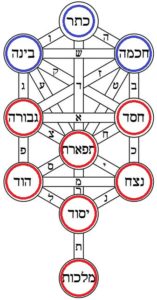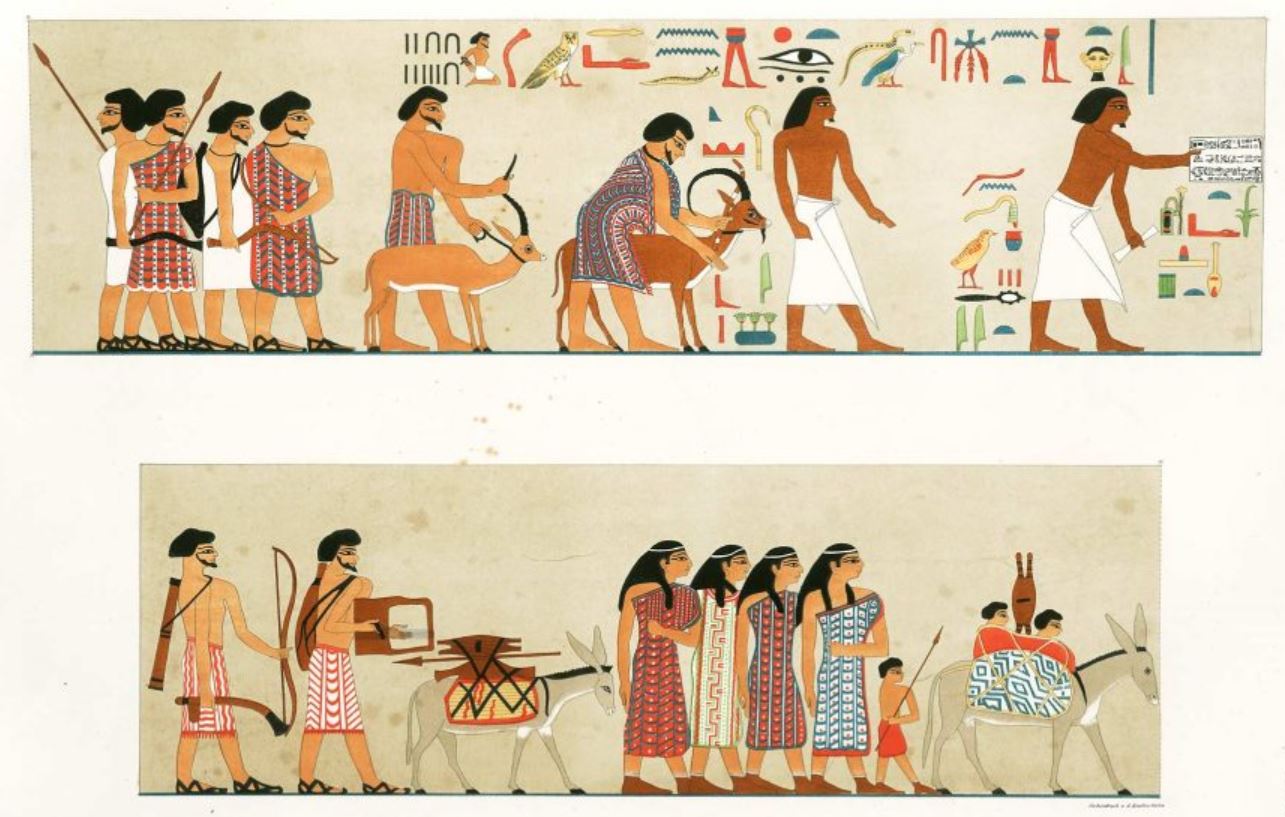In this week’s parasha, Bo, the Israelites are finally freed from their subjugation in Egypt. We read that in their haste to leave, they bound up their unleavened dough in their garments (Exodus 12:34). Intriguingly, the very next verse says that the Israelites took from the Egyptians “silver items, gold items, and garments”. This is significant in light of the famous Midrash that the Israelites merited to be saved because they preserved three things throughout their long enslavement: their cuisine, their language, and their clothing (see Pesikta Zutrata on Ki Tavo, 46a).* In other words, the Israelites preserved their unique Hebrew foods (included in which is observing the mitzvah of not consuming the gid hanashe, which began with Jacob), their divine Hebrew language, and also their unique mode of dress. What was this dress, and how was it different from the garments of the Egyptians?
Tag Archives: Bo (Parasha)
Israel’s Greatest Enemy: The Erev Rav
At the end of parashat Bo the Israelites are finally free and set forth out of Egypt. We are told that along with the Israelites came out an Erev Rav (Exodus 12:38), a “mixed multitude” of people that joined them. Rashi explains that these were non-Jews who wished to convert and become part of the Jewish people, having seen such great wonders and miracles. Ibn Ezra adds that they were mostly Egyptians, and Shadal (Rabbi Shmuel David Luzzatto, 1800-1865) says they were Egyptians that had intermarried with Jews. He proves it from Nehemiah 13:3, where the non-Jewish “erev” were separated out of the returning Jewish population. The Zohar (II, 291a) states that many of the Erev Rav were Egyptian magicians, witches, and wizards, who would perform their tricks in the erev ravrava, the “great evening”. The time between sunset and midnight is when the impure forces are most active, hence a “great evening” for those wicked people.
The Zohar teaches that God warned Moses not to accept the Erev Rav, for they would cause nothing but trouble. Moses had a hard time keeping them away and thought that perhaps they could be redeemed. Not surprisingly, God was right. The Erev Rav went on to cause mayhem both in the Exodus generation itself, and throughout Jewish history, until the present. As we shall see, they orchestrated the Golden Calf and the Midianite catastrophe, among other calamities. While the term “Amalek” is reserved for Israel’s external nemesis, the Erev Rav is the far more dangerous enemy from within. Of them the prophet Isaiah said “…those who destroy you and ruin you emerge from within you.” (Isaiah 49:17) Now, more than ever, we need to understand: Who is the Erev Rav? How can we identify them today? And, most importantly, how do we stop them?
The Great Disputation: Mochin vs. Trinity
This week’s parasha concludes the Ten Plagues of Egypt by describing the final three plagues, as alluded to in the name of the parasha, Bo (בא), which has a numerical value of three. One would think that the parashas would be divided in such a way that all the plagues appear in one portion. Yet, we see the first seven in one, and the final three in another. The mystical reason for this is to mirror the Sefirot, which are divided into the seven lower middot, and the three higher mochin, “mental” or “intellectual” faculties.

The Sefirot of mochin above (in blue) and the Sefirot of the middot below (in red) on the mystical “Tree of Life”.
The mochin are the three Sefirot of Keter (or Ratzon, God’s “Will”); Chokhmah, “Wisdom”; and Binah, “Understanding”. They are on a higher level than the lower seven Sefirot. In fact, in this physical world we find most things mirror the seven, including the seven discernible colours of the rainbow, the seven notes of the musical scale, the seven visible “luminaries” in the sky, and the seven days of the week. The mochin, meanwhile, represent the upper worlds, and correspond to more ethereal things like the three primordial elements of Creation (air, water, and fire, as per Sefer Yetzirah) and the three realms of space, time, and soul (in mystical texts referred to by the acronym ‘ashan, עשן, standing for olam, shanah, nefesh). (For a detailed explanation of this, see here.)
Recall that the Sefirot represent the ten major aspects of God, and are primarily meant to help us relate to, and understand, the Infinite One. As such, the mochin represent the highest aspects of God. That there are specifically three of them is significant. The number three is central to Judaism, and God has a particular affinity for this number, as the Talmud (Shabbat 88a) tells us:
Blessed is the All-Merciful One, Who gave the three-fold Torah [ie. the Tanakh, composed of Torah, Nevi’im, and Ketuvim] to the three-fold nation [Kohen, Levi, Israel] by means of a third-born [Moses] on the third day, in the third month [Sivan].
While this teaching is well-known, what isn’t so well known is in whose name it is brought down. The Talmud introduces it as a teaching “of that Galilean”. Who is this anonymous Galilean? Why does the Talmud use a seemingly-derogatory term for him, avoiding his name? Continue reading

